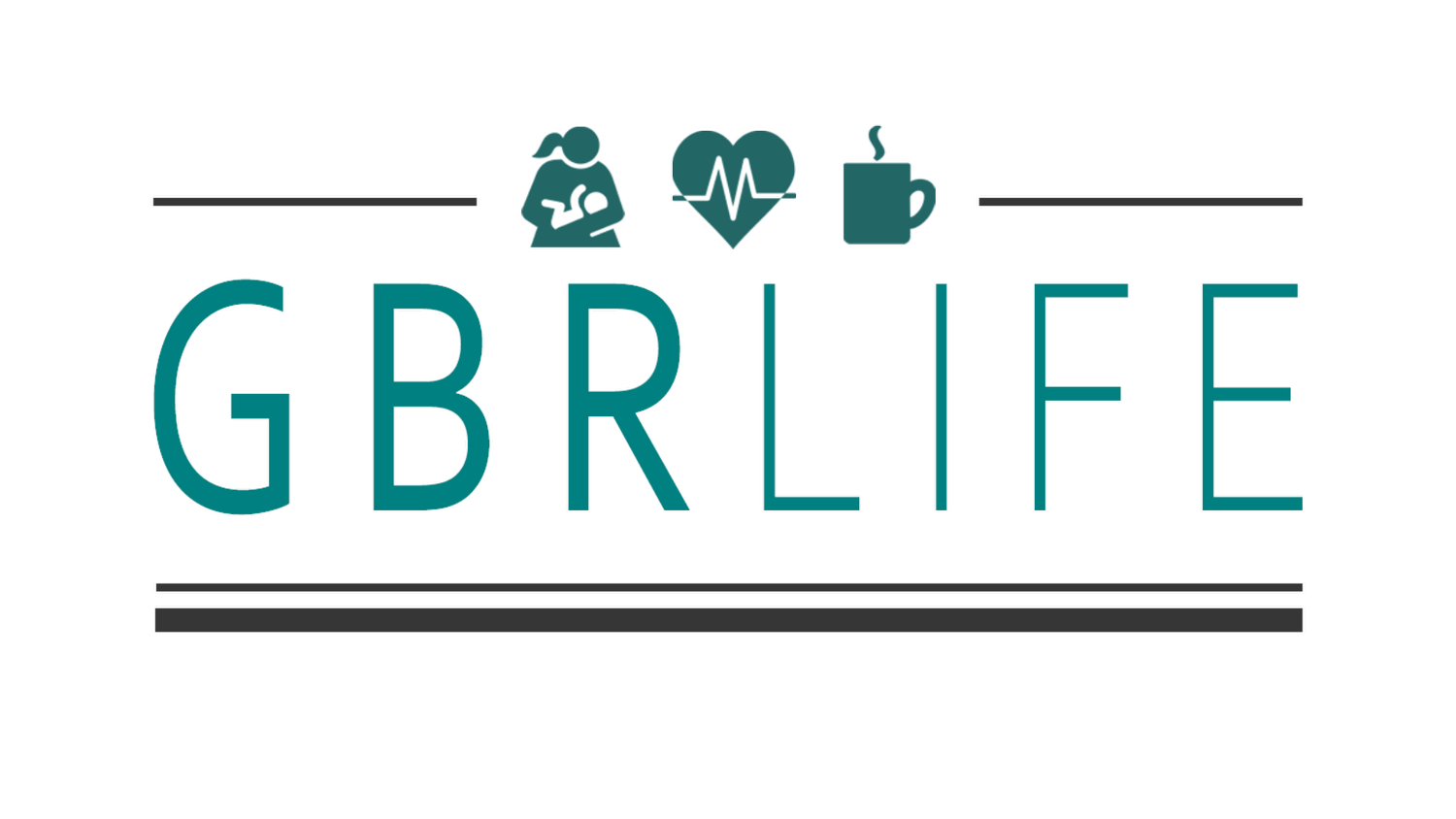Your Brain’s Trust Radar: How Snap Judgments Shape Your Life
Trust. It’s that elusive thing everyone craves and fears losing. You either have it or you don’t. But here’s the real shocker: Your brain is deciding whether or not to trust someone before you even realize it. And it’s not just happening fast—it’s happening in the blink of an eye.
The science is wild. It takes just 100 milliseconds to form a first impression about someone. By the time you’ve finished saying hello, your brain has already made its judgment. Within 7 seconds of meeting a new person, you’ve locked in whether they’re trustworthy or not. And it’s not just some fuzzy, feel-good vibe—it’s deeply rooted in your brain’s survival mechanisms.
Image Credit: DALL-E
Imagine this: You’re walking down the street, and a stranger smiles at you. Instantly, your brain is on the job. The amygdala, your brain’s danger detector, kicks into gear. It’s scanning their facial expression, their body language, the tone of their voice. Everything. It’s like having a built-in threat assessment unit working overtime. Research from Princeton University showed that participants could accurately gauge a person’s trustworthiness or dominance within a tenth of a second. That’s faster than it takes to blink.
But it’s not all fight-or-flight instincts. Your brain’s prefrontal cortex, especially the ventromedial prefrontal cortex (vmPFC), steps in next. It’s the rational one, evaluating the potential benefits or risks of trusting this person. It cross-references what you’re seeing with past experiences and societal norms, making an executive decision about whether to give the thumbs up or the brutal, silent rejection.
Here’s where it gets interesting: Body language is practically screaming at your brain the whole time. Eye contact, genuine smiles, and open postures are all green lights. Studies have found that smiling can increase perceived trustworthiness by up to 10%. And if someone holds eye contact for at least 60% of a conversation, your brain is already sliding them over to the “Trustworthy” column.
But wait—there’s more. Your brain isn’t just reading faces and body language. It’s listening. Tone of voice plays a surprisingly important role in these snap judgments. Research published in Psychological Science showed that a calm, steady voice earns instant credibility. No erratic pitch changes or shaky words. Just confidence. And confidence sells.
Here’s the kicker: Your brain’s shortcuts aren’t always fair. We all have unconscious biases and stereotypes that sneak into the equation. Studies show people tend to trust individuals who look, sound, or act like them. It’s not logical, but it’s how we’re wired. Familiarity feels safe, and safety feels trustworthy.
What’s even wilder? Your brain can be tricked into trusting someone based on nothing but appearances. One study found that faces with softer, more rounded features are perceived as more trustworthy than those with angular, sharp features. And get this—if someone’s facial features even remotely resemble your own, your brain is way more likely to give them a pass. It’s like your brain’s playing matchmaker without your permission.
And of course, we can’t ignore the social media angle. Studies from Stanford University revealed that profiles with high-quality photos, consistent messaging, and positive reviews are 52% more likely to be trusted. That’s not an opinion. That’s data. Your brain is constantly scanning for clues to confirm or deny its initial judgment.
The bottom line? Your brain is a judgment machine, operating at lightning speed, piecing together clues you didn’t even realize you noticed. It’s making decisions about trust before you’ve even had a chance to blink. But here’s the kicker: Just because your brain decides something instantly doesn’t mean it’s right.
Recognizing these mechanisms is like hacking your own mind. You can choose to question your snap judgments, push past your biases, and make more intentional decisions about who to trust. It’s your brain’s world—we’re all just living in it.
And the next time you meet someone new? Just remember: Your brain’s already made its decision.
The real question is, are you willing to challenge it?
If You Loved This, You’ll Love These Too:
Have You Heard The Latest Episode of GBRLIFE of Crimes?
GBRLIFE has so much more:











